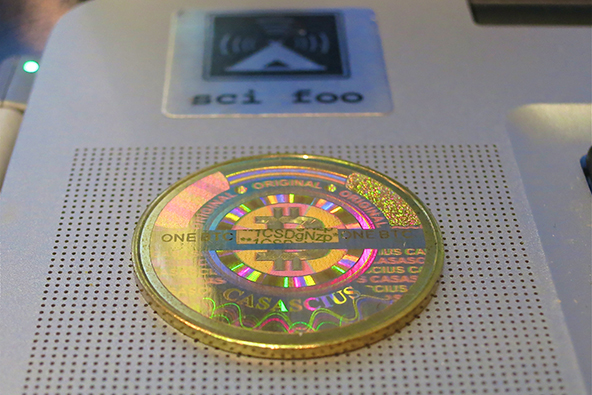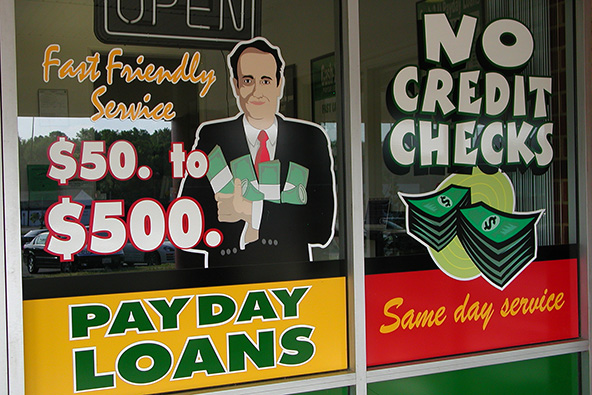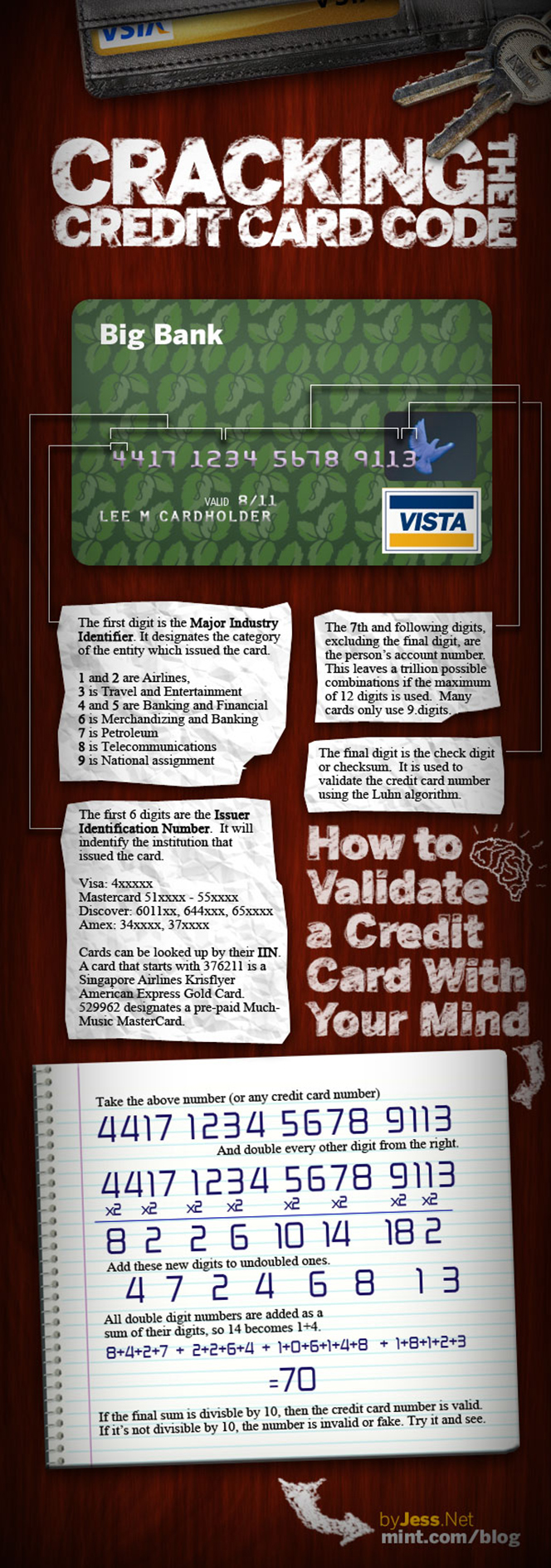How to Manage Fraud-Related Chargebacks

Fraud is one of the most common chargebacks reasons, which is why Visa has created a special category for them. It consists of four separate chargeback reason codes, designating:
- Multiple fraudulent transactions.
- Counterfeit transactions.
- Fraud in a card-present environment.
- Fraud in a card-absent setting.
Today I will review the causes for each chargeback in this group and the actions you can take to remedy them and prevent future recurrences. You will also learn when to give up fighting a chargeback, because there is no available remedy, and move on, so you can save time and money — not all battles are worth fighting. Let’s get started.
Visa’s Fraud-Related Chargebacks
Visa uses four different reason codes to designate chargebacks in this group, as follows:
Reason Code 57: Fraudulent Multiple Transactions
This code designates chargebacks resulting when a cardholder has filed a claim with her issuer, acknowledging that she has participated in at least one transaction at a given merchant, but disputing participation in the remaining transactions, for which her card was charged. Additionally, for this code to be used, the cardholder must also have stated that she was in possession of her card at the time the disputed transactions took place. Otherwise, the chargeback would fall into some other category.
Reason Code 57 does not apply to card-absent transactions (i.e. mail order, telephone order or e-commerce).
1. Most common causes for Reason Code 60. Typically, this chargeback is initiated when the merchant:
- Failed to void multiple transactions or
- Attempted to process transactions fraudulently.
2. Managing Reason Code 57 chargebacks. Your actions in response to a Reason Code 57 chargeback will depend on the particular circumstances, the most typical of which are listed in the table below:
| If: | Then: |
| You did process the appropriate credit to your customer’s card account. | Inform your acquirer and provide evidence of the credit (a credit receipt would do just fine). |
| The transaction was cancelled, but you have not yet issued credit for it. | Accept the chargeback, but do not process a credit at this time, as the chargeback has already done that for you. |
| The customer did participate in more than one valid transaction. | Provide your acquirer with appropriate documentation to prove it, such as transaction receipts, invoices, etc. |
| Credit has not yet been processed on the disputed transaction. | Accept the chargeback, but do not process the credit now, as the chargeback has already done this. |
3. Preventing chargeback Reason Codes 57. You should be doing this as a matter of routine anyway, but it is even more important to carefully investigate all potentially fraudulent transactions when they have resulted in a Reason Code 57 chargeback. As a potential indicator of fraud occurring at your store, this type of chargeback could have serious implications for your organization. If your internal investigation confirms that fraud has indeed taken place, you should immediately notify your acquirer and the appropriate authorities. Bear in mind that this could very likely be a criminal offense.
If, on the other hand, it turns out that the chargeback in question was the result of an error by a staff member, provide the necessary training and ensure that everyone at the cash register is well prepared to void transactions when necessary. You should be organizing refresher courses on?ácredit card processing procedures at least once a year.
Reason Code 62: Counterfeit Transaction
This code is used to designate chargebacks initiated when an issuer receives a claim from a cardholder that she did not authorize or participate in the disputed transaction.
1. Most common causes for Reason Code 62. Usually, this code is used when a counterfeit card was used in a face-to-face transaction that received an authorization approval and the merchant:
- Did not compare the first four digits of the embossed account number on the front of the card to the printed digits below the embossed number.
- Received an authorization approval without transmitting all required data.
- Accepted an EMV (chip) card, but processed the payment as a fallback transaction*, i.e. via swipe, key-entry, or paper voucher, and did not follow applicable acceptance procedures.
2. Managing Reason Code 62 chargebacks. You have 120 days for fulfilling a copy request from the transaction processing date. Unlike your response to other chargeback types, which is mostly determined by the particular circumstances and may require taking different actions, your response to a Reason Code 75 is quite straightforward and will invariably consist of providing the following documents and information to your acquirer and from there to the issuer:
- Sales receipt.
- Shipping confirmation or delivery receipts.
- Description of the item or service purchased.
3. Reason Code 62 rights, limitations and processing requirements. All of the following conditions apply to this reason code:
- The chargeback is invalid if the issuer did not participate in the Card Verification Value program at the time of the transaction.
- The issuer is required to close the compromised cardholder account.
- The chargeback is invalid if the authorization message contains a POS Entry Mode code.
- The account number must be listed on the Exception File with a “pick up” response for at least 30 calendar days.
- The transaction must be reported to Visa as fraudulent.
The time limit for responding to Reason Code 62 is 120 calendar days from the transaction date.
4. Reason Code 62 re-presentment conditions. Such a chargeback can be re-presented in one of the following circumstances:
- A credit or reversal was processed.
- The chargeback is invalid.
- The authorization record contains a POS Entry Mode code.
Reason Code 62 re-presentments must be processed within 45 calendar days from the chargeback settlement day.
5. Preventing chargeback Reason Code 62. Your actions in response to such a chargeback will be determined by the particular circumstances, as listed in the table below:
| If: | Then: |
| The card was swiped and the transaction was authorized. | Provide your acquirer with a copy of the printed sales receipt. |
| The transaction was counterfeit. | Accept the chargeback, but do not process a credit as the chargeback has already done this for you. |
6. Preventing Reason Code 62. Preventing this type of chargeback is virtually impossible at non-attended checkout locations. Elsewhere you should:
- Confirm that the card is genuine. In particular, you should:
- Verify that the first four digits of the embossed account number on the face of the card match the printed four-digit number underneath it. A mismatch is a strong indication of a counterfeit card, in which case you should make a?áCode 10 call.
- Verify that the 16-digit account number on the face of the card is identical with the number that appears on the POS terminal after the card is swiped.
- Look out for any other signs that may indicate that the card has been tampered with, such as embossed numbers that are blurry or uneven or any other signs of possible tampering.
- Make a Code 10 call. If you believe that the card is counterfeit or that your customer is not its authorized user, make a Code 10 call to your acquirer’s voice authorization center and follow the instructions.
In order to prevent using fake cards at your store, you will have to commit to inspecting all of your customers’ cards. Train your staff how to recognize counterfeits and how to make a Code 10 call when they suspect fraud.
Reason Code 81: Fraudulent Transaction — Card Present Environment
This code is used only for card-present transactions and then only the issuer has received a sales receipt that is missing required transaction information, which is an indicator of potential fraud. More specifically, this reason code can be used in the following circumstances:
- The sales receipt is missing the cardholder’s signature or has no imprint of the front of the card and either: the cardholder claims that she neither authorized nor participated in the transaction or the issuer states that no valid card with that account number existed on the transaction date.
- A card-present transaction was charged to a fictitious account number for which authorization approval was not obtained.
This chargeback is not valid for recurring and card-absent transactions. It is valid for card-present sales on self-serve POS terminals such as cardholder-activated gas pumps.
1. Most common causes for Reason Code 81. Typically, such a chargeback is issued, because the merchant:
- Did not swipe the card through the POS terminal.
- Did not take a manual imprint of the card on the sales receipt for a key-entered transaction.
- Did not obtain the cardholder’s signature on the sales receipt.
- Completed a card-absent transaction, but did not identify it as such.
- Accepted an EMV card, but processed it as a fallback transaction (i.e. via magnetic stripe, key-entry or paper voucher), and did not follow applicable acceptance procedures.
Card imprint is only required when the POS terminal is not chip-enabled. If a chip card information was keyed into a chip-enabled terminal, the transaction is considered a fallback and, if an authorization approval was obtained and the proper fallback indicators were provided, it cannot be charged back. Furthermore, this reason code does not apply to chip and EMV PIN transactions if a chip card is PIN-preferring, but the chip terminal is not.
2. Managing Reason Code 81 chargebacks. Once again, your response to Reason Code 81 will be determined by the actions you’ve already taken (or not) and the circumstances into which you will find yourself, the most common of which are stated in the table below:
| If: | Then: |
| The account information was “read” from the card’s magnetic stripe. | Request that your acquirer send a copy of the authorization record to the issuer as proof that the mag-stripe was read. Provide a copy of the sales receipt as well. |
| A card imprint was taken on the sales receipt. | Provide your acquirer with a copy of the sales receipt, which also must feature the cardholder’s signature; otherwise you should accept the chargeback. |
| A card imprint was not taken. | If the transaction was card-present, but the information was key-entered and an imprint was not taken on the sales receipt, there is no remedy and you should accept the chargeback. |
| The cardholder’s signature was obtained on the sales receipt. | Send a copy of the sales receipt to your acquirer. You also need to prove that the card was present, which you can do by providing either a manually imprinted sales receipt or an authorization record proving that the magnetic stripe was read. |
| The cardholder’s signature was not obtained.* | If you did not obtain your customer’s signature in a card-present transaction, accept the chargeback. |
*Cardholder signature is not required for transactions processed under the?áVisa Easy Payment Service (VEPS). Under this program, card-present merchants can accept cards for payments under $25, without requiring a cardholder signature or a PIN.
3. Preventing Reason Code 81. As is usually the case, this type of chargeback can be prevented by following best card processing practices. In particular, for all card-present transactions you should:
- Obtain the cardholder’s signature on the sales receipt. The exceptions, of course, are chip-based transactions (unless fallback procedures are followed) and ones processed under the VEPS program, as stated above. Always match the signature on the sales receipt to the one on the back of the card. If they don’t seem to match, make a Code 10 call.
- Obtain a record of the card’s account number and expiration date on the sales receipt. You can do this by either:
- Swiping the card through the POS terminal or, if that is not an option,
- Making a manual imprint of the front of the card on the sales receipt.
As always, adequate training of the POS staff on proper card acceptance procedures is key to your success in preventing Reason Code 81.
Now, a high number of such chargebacks can indicate internal fraud. The best way to verify whether or not this is the case is to examine the corresponding sales receipts and determine which POS terminals and staff were involved in the transactions in question. If you see a pattern, you should investigate further or may want to contact the police for assistance. However, you should definitely call the police if you have confirmed that a member of your staff has perpetrated card fraud, which is a criminal offense. But the more likely cause would be that sales staff is not adequately trained on card acceptance procedures and operating your POS devices.
Reason Code 83: Fraudulent Transaction — Card-Absent Environment
This code is used when an issuer receives a complaint from a cardholder who claims that:
- She neither authorized nor participated in the card-not-present transaction at issue or
- When the transaction was charged to a fictitious account number, for which an authorization approval was not obtained.
Card-absent transactions include mail order, telephone order, internet, pre-authorized health care transactions, recurring and advance payment transactions and no-show fees.
1. Most common causes for Reason Code 83. The immediate cause for this type of chargeback can be one of the following:
- The merchant processed a transaction from a person who was fraudulently using the card.
- The cardholder did not recognize the transaction on her statement or had her account taken by fraud.
2. Managing Reason Code 83 chargebacks. Listed in the table below are the most likely circumstances associated with a Reason Code 83 and my suggestions on the course of action you should take in each one of them:
| If: | Then: |
| An authorization approval was obtained and an exact match was received to your AVS or security code query.* | Provide your acquirer with a copy of the transaction invoice, proof of delivery and any other information relevant to the transaction, to be used in the re-presentment. If you requested an AVS or security code verification and the card issuer responded with a “U” code (indicating that the issuer does not support AVS or security code verification or information is unavailable), you still have a re-presentment right. |
| You received an authorization approval, but did not use AVS or a security code. | Provide your acquirer with a copy of the transaction receipt, a signed proof of delivery and any other relevant information that may be used in the re-presentment. |
| The transaction was face-to-face and the card was present. | The chargeback is invalid. Provide your acquirer either with an authorization record proving that the magnetic stripe was read or a copy of the sales receipt displaying the card imprint and signature of the customer. |
*AVS and the security codes are fraud prevention tools developed specifically to be used in card-not-present transactions. In some cases they provide merchants with a re-presentment right, but do not directly prevent chargebacks.
3. Preventing Reason Code 83. You should implement the following best card acceptance practices:
- Obtain an authorization approval for all card-absent transactions. All MO / TO, e-commerce and recurring transactions must be authorized, regardless of the dollar amount.
- Verify the account number. For telephone transactions, always read back the account number to your customer to avoid errors.
- Identify the transactions as card-absent. Use the appropriate code to identify transactions as mail order (“MO”), telephone order (“TO”) or e-commerce (“ECI”) during both the authorization and settlement processes. Typically, this will be done automatically by your payment processor, or by pressing an indicator button, but make sure you verify it with your processor. Be advised that you are protected from a Reason Code 83 chargeback if the transaction has an ECI of 5 or 6, indicating a Verified by Visa transaction.
- Use the AVS and the card security codes. These services are designed specifically to help you prevent card-not-present fraud.
- Make sure that your billing descriptor is set up correctly. The way your business name appears on your customers’ monthly statements and transaction activity logs is determined by the so-called “billing descriptor”, which is managed by your processor. Typically, it is set up to display your “doing business as” (DBA) name, although your legal name may also be used as a default setting. Your billing descriptor should be set up to display the name that is most familiar to your customers and make sure that all other information (e.g. city and state, phone number, internet address) is accurately identified.
You will not be able to prevent all fraudulent transactions that can result in a Reason Code 83 chargeback, as criminals sometimes have access to all of the information that is needed to successfully complete a card-absent transaction, even when best payment processing procedures are followed and available fraud prevention tools used. However, you will greatly minimize the chance of that happening in all other cases, which are much more prevalent. See, this is exactly the type of fraud you have control over and preventing it should be your top priority.
Image credit: Flickr / Josh Kenzer.


